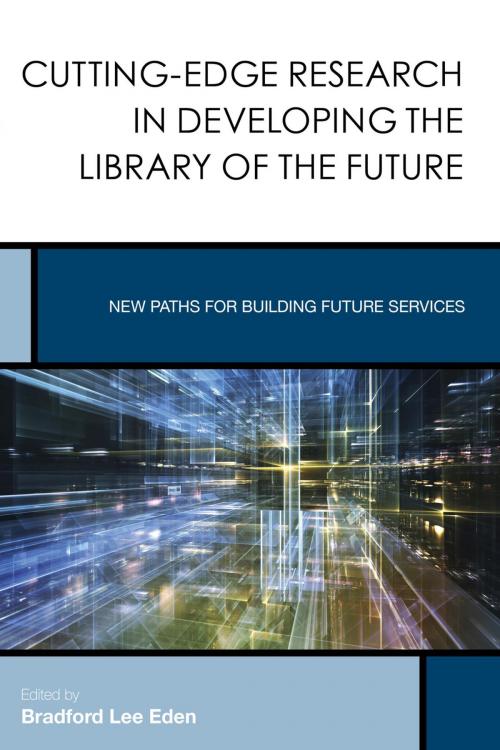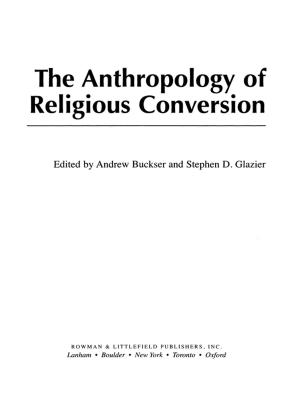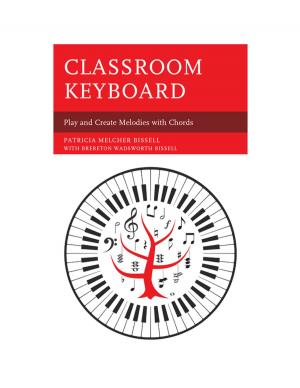Cutting-Edge Research in Developing the Library of the Future
New Paths for Building Future Services
Nonfiction, Reference & Language, Language Arts, Library & Information Services| Author: | ISBN: | 9781442250475 | |
| Publisher: | Rowman & Littlefield Publishers | Publication: | May 6, 2015 |
| Imprint: | Rowman & Littlefield Publishers | Language: | English |
| Author: | |
| ISBN: | 9781442250475 |
| Publisher: | Rowman & Littlefield Publishers |
| Publication: | May 6, 2015 |
| Imprint: | Rowman & Littlefield Publishers |
| Language: | English |
In this third volume of the series, Cutting-Edge Research in the 21st-Century Academic Library explores examples of exciting new library services and workflows for the library profession to model and adapt for their own communities and patrons. Included are studies that combine data mining and business intelligence metrics to predict future trends and behaviors; an examination of new services related to the proliferation of mobile devices among patrons; studies devoted to the employment of the Web and the relation of the library’s Web site to its environment and the use of a web content strategist in the design of the library site. New technologies are also considered: one chapter provides step-by-step guidelines for producing videos that can be used by the academic library for marketing, instruction, navigation, and reaching patrons in social media sites; another chapter provides a fairly comprehensive and detailed report for incorporating mobile information technologies in libraries. Overviews are provided for how to manage electronic resources in a digital campus environment and how they affect organizational structure, workflows, and training. Finally, the concept of linked open data (LOD) is presented and how it has transformed library workflows, staff expertise, and traditional metadata creation.
All of these examples of futuristic and exciting new library services and workflows provide opportunities and experiences that the rest of the library profession can model and adapt for their own particular communities and patrons.
In this third volume of the series, Cutting-Edge Research in the 21st-Century Academic Library explores examples of exciting new library services and workflows for the library profession to model and adapt for their own communities and patrons. Included are studies that combine data mining and business intelligence metrics to predict future trends and behaviors; an examination of new services related to the proliferation of mobile devices among patrons; studies devoted to the employment of the Web and the relation of the library’s Web site to its environment and the use of a web content strategist in the design of the library site. New technologies are also considered: one chapter provides step-by-step guidelines for producing videos that can be used by the academic library for marketing, instruction, navigation, and reaching patrons in social media sites; another chapter provides a fairly comprehensive and detailed report for incorporating mobile information technologies in libraries. Overviews are provided for how to manage electronic resources in a digital campus environment and how they affect organizational structure, workflows, and training. Finally, the concept of linked open data (LOD) is presented and how it has transformed library workflows, staff expertise, and traditional metadata creation.
All of these examples of futuristic and exciting new library services and workflows provide opportunities and experiences that the rest of the library profession can model and adapt for their own particular communities and patrons.















